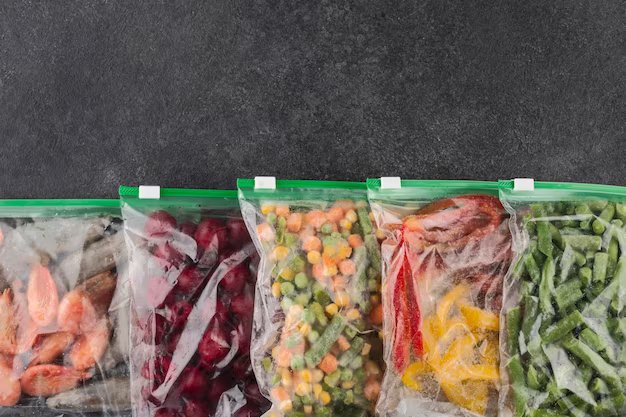Introduction
Freeze drying, a remarkable process that combines freezing and vacuum techniques, has revolutionized the preservation of food, pharmaceuticals, and other sensitive materials. Commonly known as lyophilization, freeze drying involves removing water content from substances while maintaining their original structure and composition. This ingenious method has found extensive applications across various industries, ensuring the longevity, stability, and quality of products. In this article, we will delve into the fascinating world of freeze drying, exploring its principles, applications, and benefits.
The Science Behind Freeze Drying
Freeze drying is a multi-step process that involves freezing the material, reducing the surrounding pressure, and applying heat to facilitate sublimation – the direct transition of ice from solid to vapor without passing through the liquid phase. The science behind freeze drying hinges on the principle of preserving the structural integrity and composition of the material being dried. By carefully controlling the temperature, pressure, and time, manufacturers can effectively remove moisture without causing damage.
Key Steps in the Freeze Drying Process
- Freezing: The process begins by freezing the material at temperatures typically ranging from -40°C to -80°C (-40°F to -112°F). This step solidifies the water content in the material.
- Primary Drying: The frozen material is placed in a vacuum chamber, and the pressure is reduced. As the pressure drops, the frozen water undergoes sublimation – converting directly from ice to vapor. This is the primary drying phase and is crucial for removing the majority of the water content.
- Secondary Drying: After primary drying, a secondary drying phase follows. Slight heat is applied to the material, causing any remaining frozen water molecules to sublime. This step ensures the complete removal of moisture, preventing the formation of ice crystals that could compromise the integrity of the material.
Applications of Freeze Drying
1. Food Preservation: Freeze drying has transformed the food industry by allowing the preservation of fruits, vegetables, meats, and even prepared meals while retaining their original flavor, texture, and nutritional value. Backpackers, campers, and astronauts benefit from lightweight freeze-dried foods that are easy to rehydrate and consume.
2. Pharmaceuticals: The pharmaceutical industry relies heavily on freeze drying to extend the shelf life of drugs and vaccines. By removing water, the degradation of sensitive compounds is minimized, ensuring that medications remain potent and effective for longer periods.
3. Biotechnology: Freeze drying is a vital component in the preservation of enzymes, probiotics, and other biological materials. The process enables the storage and transport of these sensitive substances without the need for refrigeration, maintaining their viability and functionality.
4. Archaeology and Museums: Historical artifacts, manuscripts, and delicate artworks are often freeze-dried to prevent deterioration and decay. The process helps maintain these valuable items for future generations to appreciate and study.
Benefits of Freeze Drying
- Extended Shelf Life: Freeze drying significantly extends the shelf life of various products by removing moisture that can lead to spoilage and degradation.
- Preservation of Quality: Unlike traditional drying methods, freeze drying preserves the original taste, appearance, and nutritional value of materials, making it a preferred choice for preserving high-quality products.
- Reduced Weight and Volume: In industries such as camping and space travel, freeze-dried products are lightweight and compact, allowing for easy storage and transport.
- Minimized Chemical Changes: The gentle nature of freeze drying minimizes chemical reactions, making it ideal for heat-sensitive compounds and delicate materials.
- Rehydration Efficiency: Freeze-dried products can be quickly rehydrated, making them convenient and easy to use.
Conclusion
Freeze drying, a captivating process rooted in the principles of sublimation, has emerged as a cornerstone technology for preserving and extending the shelf life of a wide array of products. From ensuring the availability of essential medications to providing astronauts with nourishing meals in space, freeze drying continues to shape industries and improve our daily lives. With its ability to retain the integrity of materials while removing moisture, this method stands as a testament to human ingenuity and innovation, allowing us to savor the past, secure the present, and envision a more sustainable future.








